Machine d'ébavurage cryogénique de pièces PU TPU TPE
Jul 11, 2024
Machine d'ébavurage cryogénique de pièces PU TPU TPE
L'ébavurage cryogénique ou ébavurage cryogénique est disponible pour toutes les pièces moulées, y compris celles en plastiques, polymères, nylons, caoutchoucs, caoutchouc de silicone, polyuréthane, néoprène, polymère à cristaux liquides, uréthane, viton, polycarbonate, PTFE, PPS, delrin, polypropylène, EPDM. , nitrile, butyle, DAP, ABS, PEEK, acétal et aluminium-zinc moulés sous pression et pièces en élastomère de précision.
Le déflashage cryogénique fonctionne sur la plupart des pièces moulées
Le processus contrôlé par ordinateur génère des résultats reproductibles et fiables. De nombreux dispositifs médicaux et autres composants moulés avec précision de grande valeur sont inclus dans notre vaste gamme d’applications d’ébavurage réussies. Nous avons traité des pièces fabriquées par moulage par injection, moulage par compression et moulage par extrusion.
Notre machine offre un processus rapide et reproductible pour éliminer les bavures des pièces en plastique. Grâce à la congélation, au culbutage et au sablage de supports en polycarbonate sur vos pièces en plastique moulées par injection, nous sommes en mesure d'éliminer les bavures de moule résiduelles à maintes reprises.
Le processus de déflashage cryogénique a été créé à l’origine pour éliminer les bavures de moulage des pièces en caoutchouc. Nous sommes en mesure de défraser des pièces en caoutchouc moulées par injection, par extrusion et par compression. Nous avons traité des pièces constituées de différents duromètres. Nous décolorons généralement les pièces en caoutchouc en EPDM, néoprène, Viton, Buna-N, nitrile, gomme naturelle, SBR, butyle et autres élastomères.
Notre machine d'ébavurage cryogénique est souvent utilisée par les mouleurs qui travaillent le caoutchouc silicone. Le caoutchouc de silicone, de par sa nature, est très visqueux, ce qui le fait clignoter pendant le processus de moulage. La machine d'ébavurage de Pege élimine les bavures de moisissure des pièces en caoutchouc de silicone. Nous ébavurons des pièces en caoutchouc de silicone liquide et même des mélanges spéciaux de caoutchouc de silicone contenant des charges conductrices telles que l'argent, le graphite et le nickel.
Plutôt que d'investir dans un outil de moulage neuf ou réparé coûteux, les clients peuvent choisir de prolonger la durée de vie fonctionnelle de leur outil de moulage en ajoutant l'étape supplémentaire d'ébavurage, pour terminer la pièce et éliminer toute bavure résiduelle après les opérations de moulage. Il est plus économique de payer seulement un léger supplément par pièce plutôt que d'investir dans un nouvel outil de moulage dont la durée de vie est limitée.
L'ébavurage cryogénique est un processus rapide et efficace qui permet d'éliminer complètement les bavures de moisissure sans affecter la finition de surface. Il s’agit donc d’une alternative sûre, propre et rentable aux méthodes traditionnelles.
Les pièces sont placées dans une chambre, refroidies, culbutées et impactées avec un support en plastique polycarbonate. Les moisissures sont éliminées rapidement et proprement. Aucune poussière ou résidu ne reste après le déflachage.
Le déflashage cryogénique est beaucoup plus rentable que le déflashage manuel qui demande beaucoup de main d'œuvre. Le coût de traitement des pièces peut varier de moins de 0,01 cent à plusieurs dollars pièce. Règle générale : le coût est compris entre 10 % et 20 % de la valeur de la pièce, même si chaque pièce doit être considérée individuellement.
AVANTAGES de la machine d'ébavurage cryogénique de Nanjing Pege
Une plus grande productivité
Grande production en peu de temps
Finition meilleure et cohérente
Faible dépendance au travail
Gain de place
Faible consommation de médias
Grande variété de mélanges de caoutchouc – du NR au caoutchouc de silicone
Faible consommation d'azote
Commandes électriques simples
Roue de souffle à haute efficacité
Verrouillages de sécurité
Entretien simple et très faible
Notre usine et atelier de systèmes de déflashage cryogéniques
L'usine de production de Nanjing Pege Techno Machine Co., Ltd est située sur la route n°9 d'Ankang, zone industrielle de Guli, district de Jiangning, Nanjing.Nous avons des travailleurs de production et des processus professionnels, nous sommes déterminés à produire le meilleur produit pour les clients du monde entier.
Emballage et transport d'équipements de déflashage cryogéique
La machine produite par Nanjing Pege est bien emballée dans un carton en contreplaqué adapté au transport maritime longue distance afin de garantir la sécurité et les performances de la machine.
Nous pouvons aider le client à organiser le transport selon les conditions FOB, CIF avec des méthodes de transport terrestre ou maritime selon la demande du
LIRE LA SUITE
 English
English français
français español
español




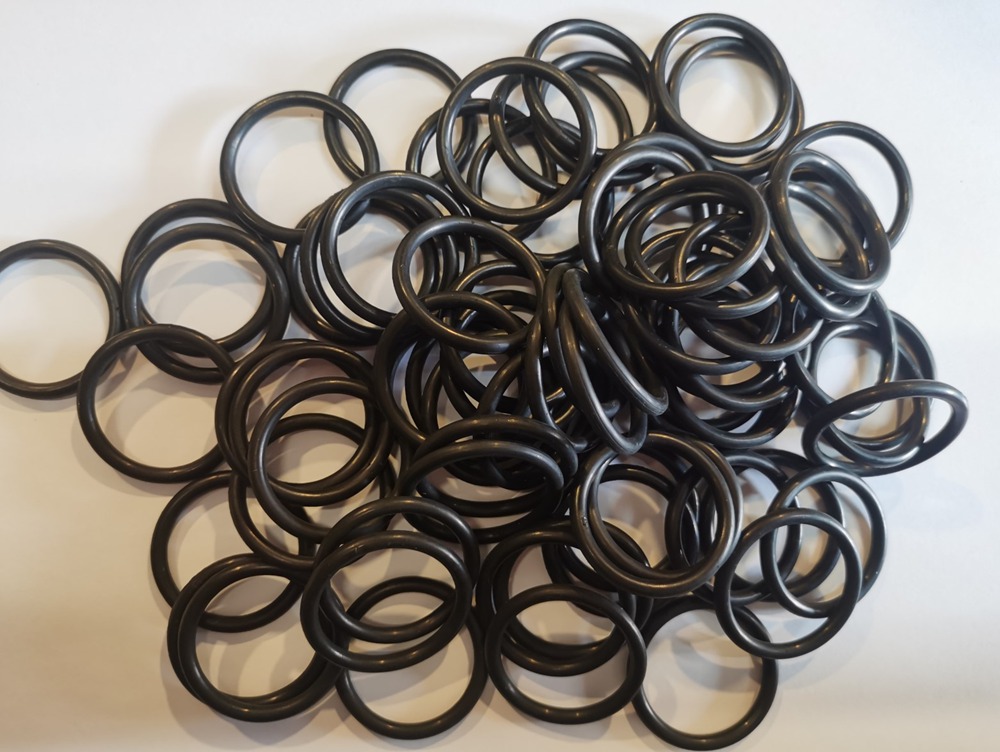



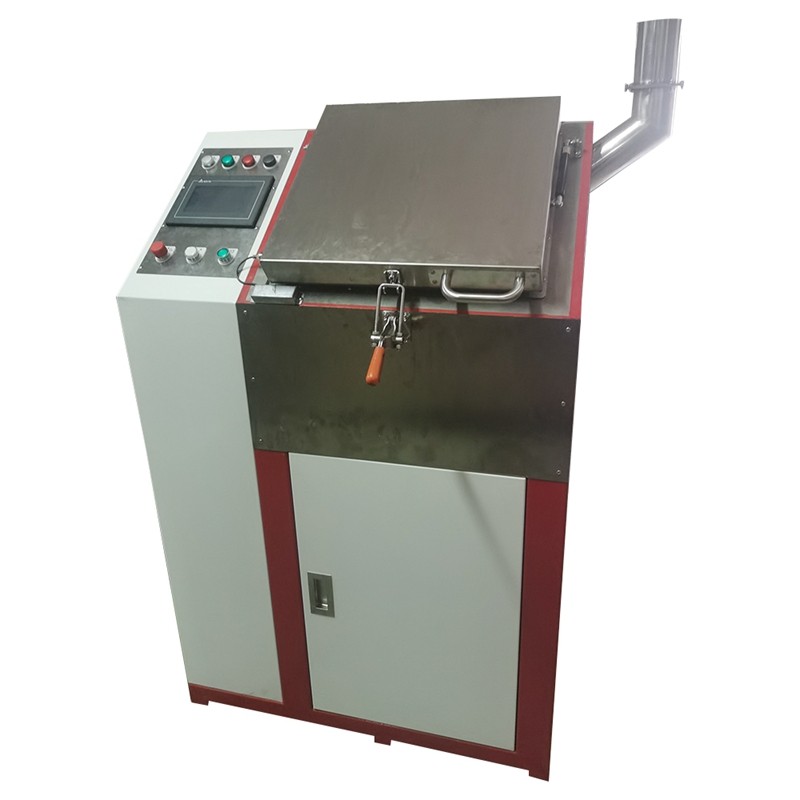
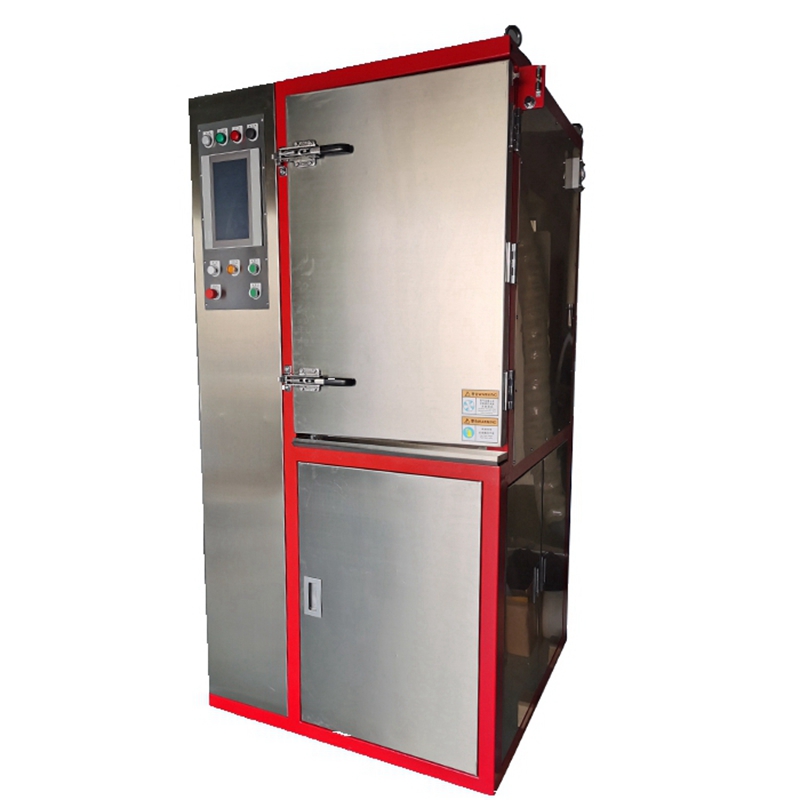


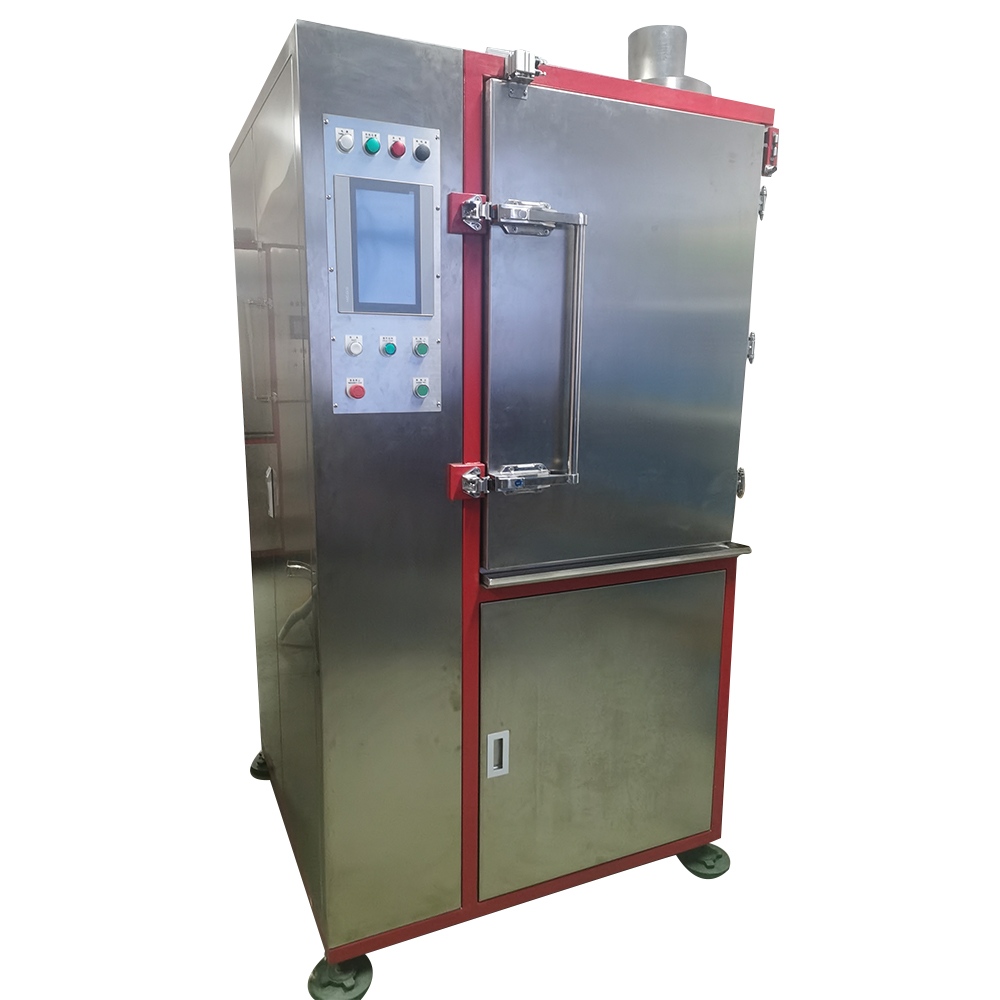
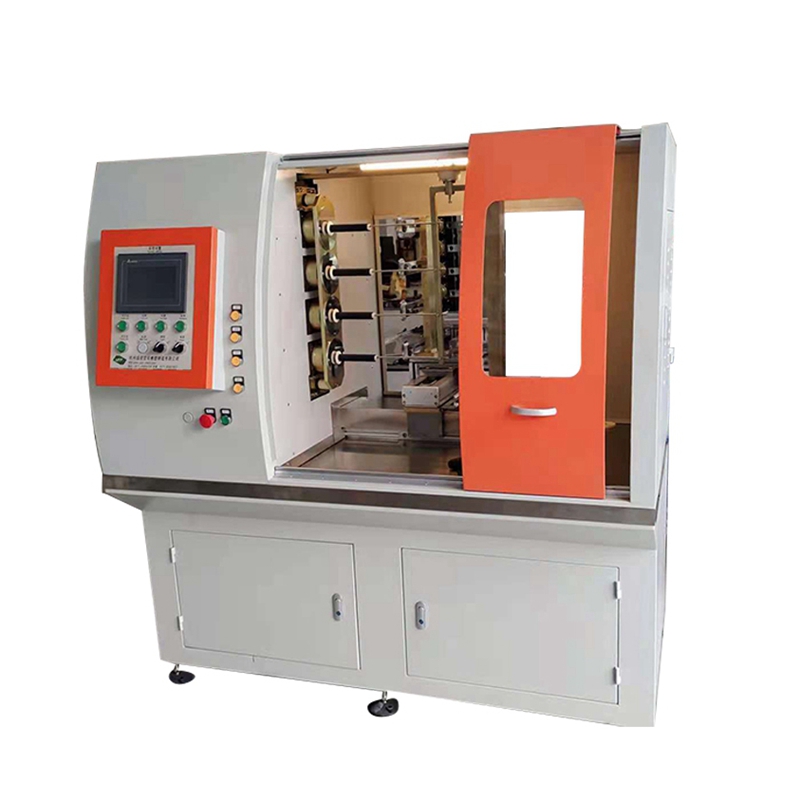

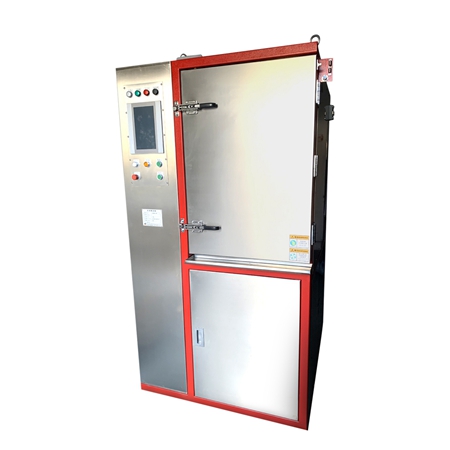
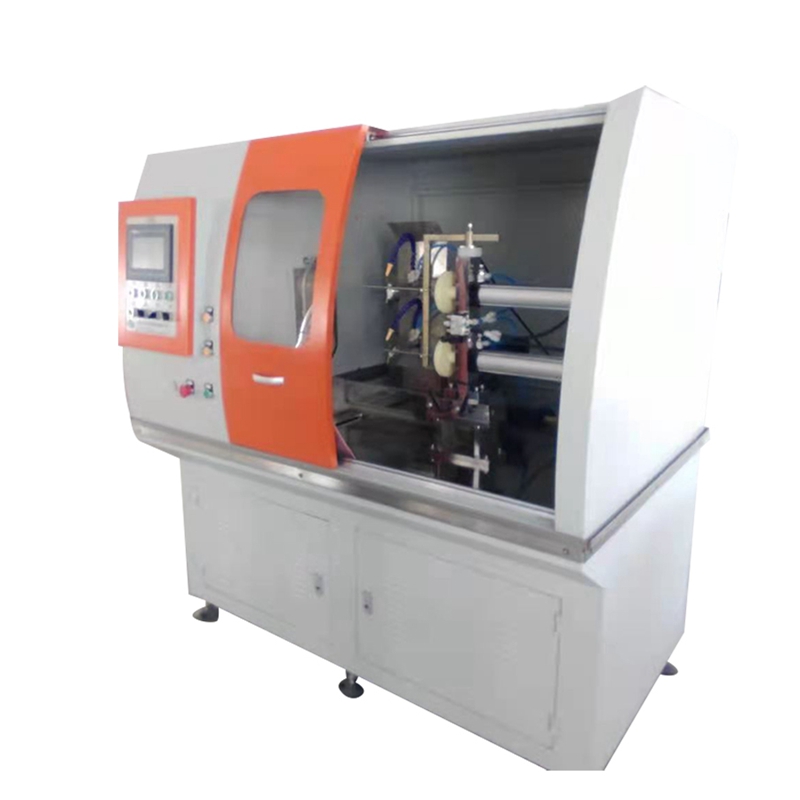



 Réseau IPv6 pris en charge
Réseau IPv6 pris en charge